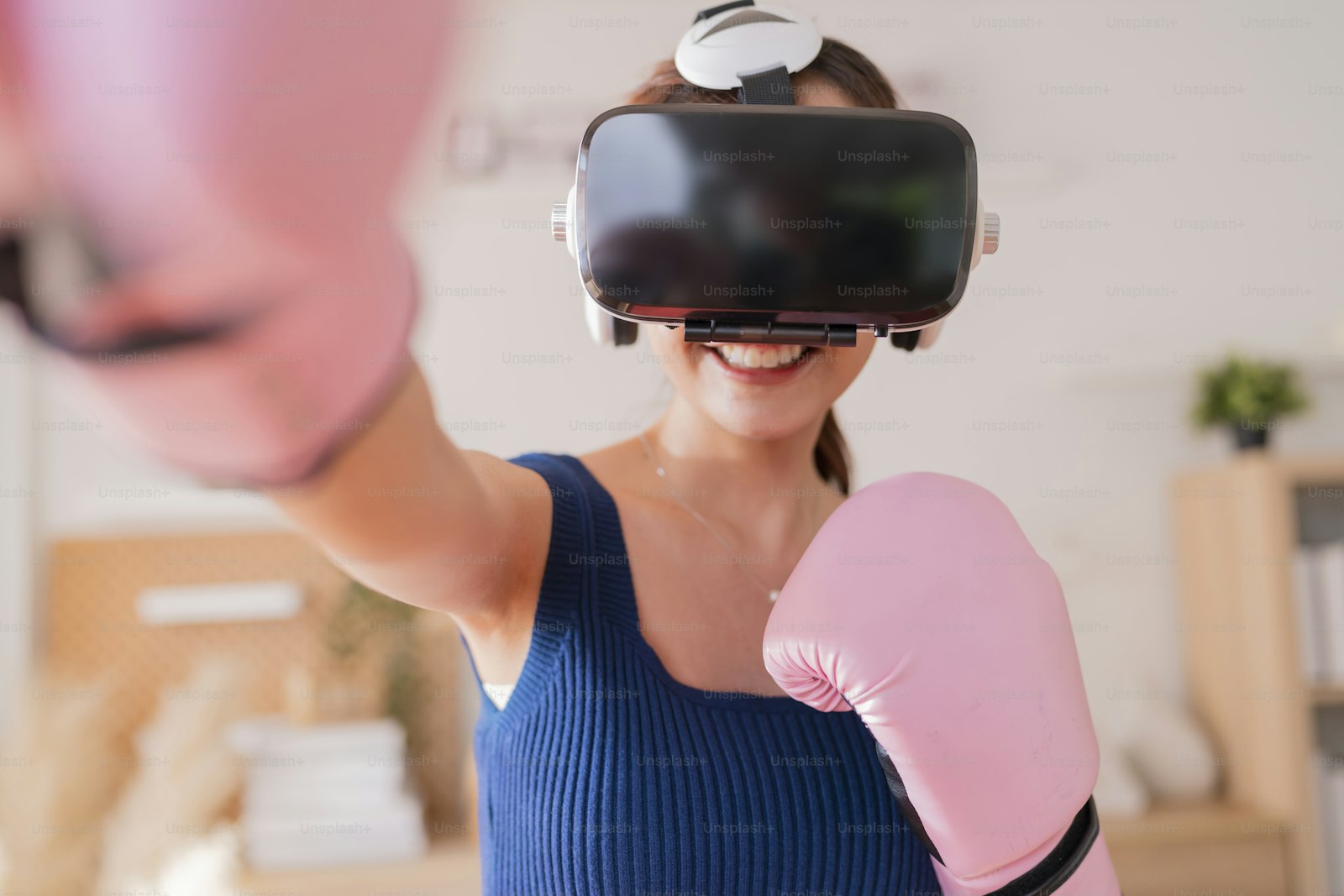VR & AR Tools for Shear Training
Evaluate virtual and augmented reality tools for shear training and technical drills.

When VR/AR makes sense
| Scenario | Benefit | Considerations |
|---|---|---|
| Multi-location academies | Standardize technique drills without travel | Requires strong bandwidth + device management |
| High-risk services (razor, corrective cutting) | Practice dangerous moves safely first | Pair with in-person assessment before certification |
| Sales demos for manufacturers | Show shear physics and steel differences interactively | Need custom assets; protect IP |
| Recruiting + onboarding | Immerse candidates in salon culture before day one | Build companion workbook for reflection |
Run a VR/AR readiness checklist before purchasing hardware.
Platform landscape (2025)
| Platform | Hardware | Strengths | Watch-outs |
|---|---|---|---|
| Pivot Point VR Studio | Meta Quest 3 or Pro | Hair sectioning drills, instructor dashboards, LMS integration | Subscription pricing tiers; requires 150 sq ft safe zone |
| Hanzo Immersive Edge | Quest 3 + haptic shears | Realistic shear feedback, steel comparisons, live instructor mode | Haptic handles need quarterly calibration |
| Wahl Barber AR | iPad Pro / Vision Pro | Overlay fading guides onto live models, adjustable opacity | Best for clipper work—pair with shear modules elsewhere |
| Custom Unreal builds | PC VR + trackers | Fully branded experiences, capture analytics | Requires dev partner + ongoing content updates |
Hardware + environment checklist
- Minimum headset spec: 120 Hz refresh, inside-out tracking, pass-through for mixed reality.
- Accessories: haptic-enabled shears or controllers, disinfectable headset covers, charging docks.
- Space: 8x8 ft clear zone per learner, rubber mats for safety, overhead hooks for cable management if using PC VR.
- IT: Dedicated Wi-Fi SSID, content distribution (MDM), emergency stop policy.
Content integration workflow
- Map VR modules to Learning Hub guides (e.g., shear tension drill → Daily Shear Care Protocol).
- Assign pre-work (guide reading) and post-work (reflection form) for each VR session.
- Capture performance metrics (time to completion, accuracy) and log them in your dashboard.
- Schedule live debrief within 24 hours to translate virtual practice into salon application.
Budget model (per headset, annual)
| Item | Cost | Notes |
|---|---|---|
| Headset + controllers | $600–$1,200 | Include extended warranty + hygiene kit |
| Haptic shear peripheral | $350–$700 | Swap inserts for left-handed learners |
| Software license | $1,500–$4,500 | Depends on seat count and support tier |
| Content updates | $1,000–$2,500 | Custom modules or new service packs |
| IT/admin time | 40 hours | Device setup, distribution, troubleshooting |
Calculate cost per learner vs. equivalent travel workshop to justify investment.
Launch roadmap
- Pilot cohort: 4–6 stylists with varied skill levels. Collect qualitative and quantitative feedback using the readiness checklist.
- Policies: Create sanitation SOPs for headsets, define time limits, and outline injury reporting.
- Coaching: Train facilitators on VR safety, motion sickness mitigation, and guidance cues.
- Scale: Add asynchronous office hours where learners can book VR time, and tie usage to mentorship goals.
Risk management
- Keep a seated mode option for learners sensitive to VR.
- Document data privacy—understand what analytics the vendor stores.
- Maintain insurance coverage for equipment and potential incidents.
VR/AR amplifies technique training when it is intentional, data-backed, and paired with live coaching. Use the checklist, track ROI, and keep the tech aligned with Learning Hub roadmaps.

